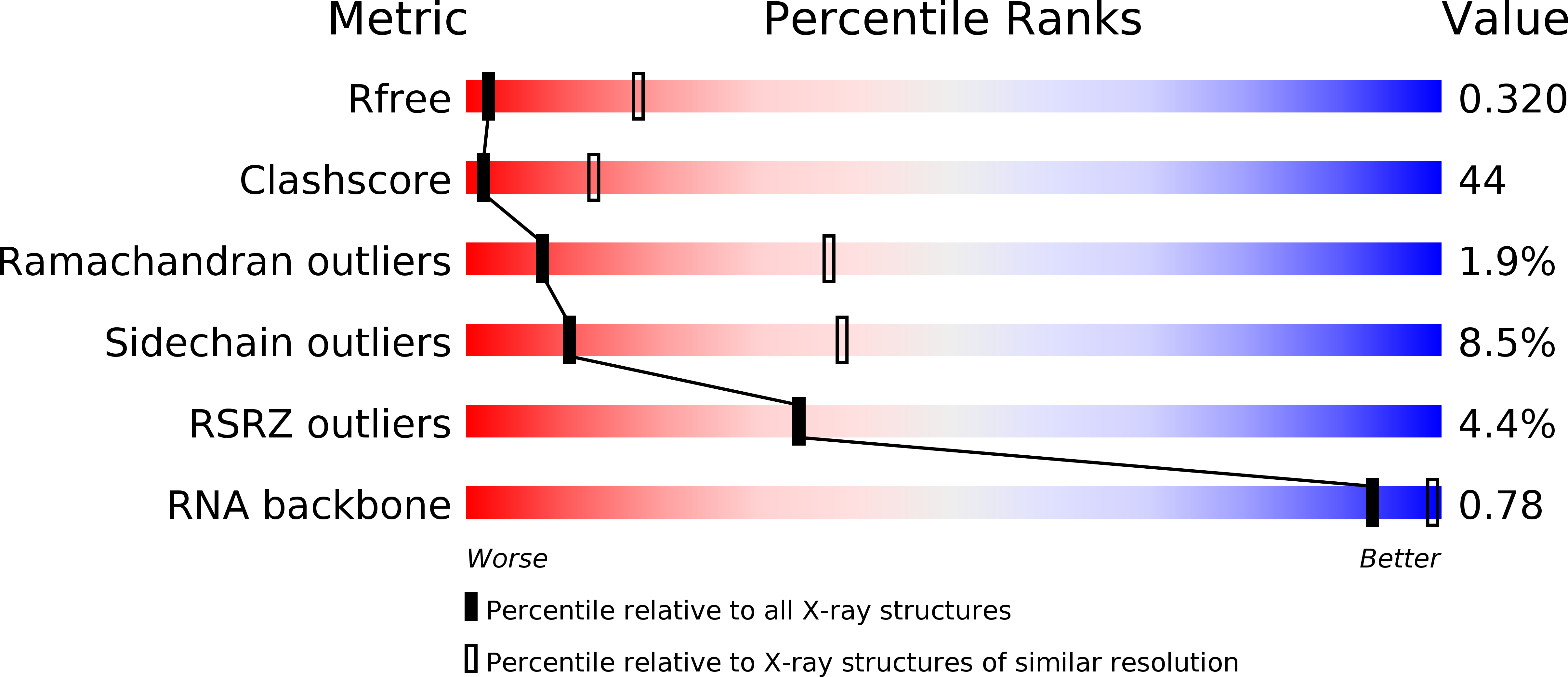
Deposition Date
2008-03-12
Release Date
2008-05-06
Last Version Date
2024-10-16
Entry Detail
PDB ID:
3CIY
Keywords:
Title:
Mouse Toll-like receptor 3 ectodomain complexed with double-stranded RNA
Biological Source:
Source Organism:
Mus musculus (Taxon ID: 10090)
Host Organism:
Method Details:
Experimental Method:
Resolution:
3.41 Å
R-Value Free:
0.33
R-Value Work:
0.28
R-Value Observed:
0.28
Space Group:
C 2 2 21


